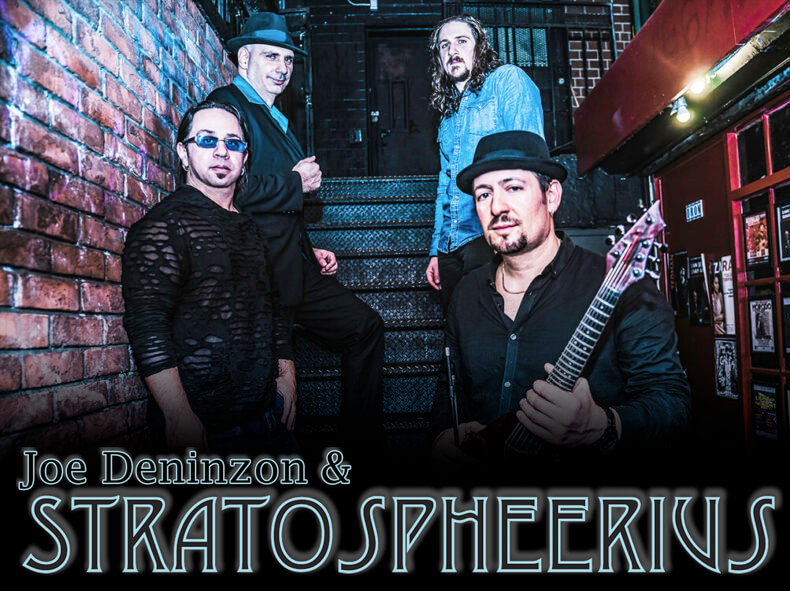Without Missing a Beat: Deninzon Trio likes to mix it up
By Jay Harvey, Indianapolis Star 2-22-2010
Cross-pollination of musical genres is hugely popular these days, and some musicians see no limit to the musical value that these experiments produce. Joe Deninzon is one such musician. He branched out from classical violin, which he learned at an early age, to find virtue in just about any genre you can shake a (fiddle) stick at.
Deninzon will give a sample of that variety Tuesday night when he brings his violin-guitar-bass trio to town. The band is on a Midwestern tour promoting its CD “Exuberance.” It’s scheduled for release this month, and it offers an update on the famous Quintette du Hot Club de France style pioneered in the 1930s by guitarist Django Reinhardt and violinist Stephane Grappelli.
Interviewed on his way to a New York studio session, Deninzon recalled being inspired by the Grappelli tribute of his fiddling idol Mark O’Connor, at whose summer string camp he’ll be teaching rock violin next summer. “I started to do that material and put my own twist on it,” said the thirtysomething violinist. “So I do the original things and some rock/pop things, and the framework is the Grappelli style.”
Updating the Gypsy jazz of Reinhardt and Grappelli is just one part of Deninzon’s musical profile. For about 10 years, he’s led a rock band called Stratospheerius, in which he sings and plays seven-string electric violin. Its drummer, Lucianna Padmore, has joined the acoustic trio for the tour that comes to Indianapolis. His musical beginnings didn’t predict such breadth. The son of a concert pianist and a violinist in the Cleveland Orchestra, Deninzon began violin study at age 6. As he progressed, he grew susceptible to the lure of jazz and rock.
After studies at the Cleveland Institute of Music, the wide-ranging violinist went to Indiana University, where he was a student of Josef Gingold in that revered teacher’s final semester. “That was an experience I will never forget,” Deninzon said. At IU, he joined a major in violin performance to the jazz studies major he started out with. “I grew tremendously as a musician while I was there,” recalled the 1997 graduate. All along, he was certain he wouldn’t pursue a traditional classical career. He entered the master’s program at the Manhattan School of Music in jazz and commercial violin. The classical arena receded into the distance.
“I don’t know if it was rebellion as much as it was a deep love of the music,” he said of the drive that led him to work with rock and pop performers, including Sheryl Crow and Smokey Robinson, and in the world-music genre. “Fusion is usually defined as the mixing of jazz and rock, but the word ‘fusion’ is any blending of styles, and it continues to happen,” he said. “From the time of Mozart up through modern times, it’s constantly changing: You use what you like.”
He credits the rise of all music’s availability online with helping to end pigeonholing. “The traditional idea of going to a record store and seeing jazz over here, rock over there — that’s gone.” So he finds nothing to fear in the mega-selling music that got most of the attention at the recent Grammy Awards. “I love a lot of the stuff of Lady Gaga, the Black Eyed Peas, and the hip-hop realm is where many of the most creative things are happening,” he said. “To achieve skill and produce that music is a very great art form and requires many years of practicing. It’s definitely not to be discounted.”

